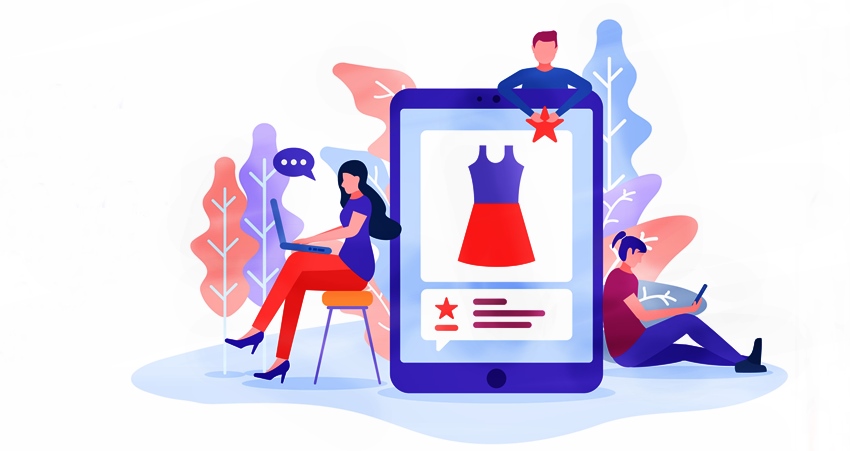Whether it is through customer advocates, micro-influencers or celebrity endorsers, consumer-generated content is everywhere.
Consumers post everything on social media these days. Right from comprehensive reviews to photos with the products they have bought or intend to buy. This is a major driving factor for sales in the e-commerce industry.
What is Consumer-Generated Content?
Consumer-generated content refers to any form of content about products posted by the consumers and end-users online.
This can include blogs, audio, video, photos, discussion from posts, digital images, etc. We also often refer Consumer-generated content to as user-generated content (short as UGC) or consumer-generated media.
Due to redundancy in the advertising industry, customers have become bored with overtly branded content. However, people often respond to is authentic content fellow customers post.
People often check the reviews posted by other fellow customers before buying a certain product. This is because these reviews give a sense of interacting with a fellow human rather than just following advertisements.
How can we use UGC?
UGC is barely a new concept. Companies have been using UGC in their campaigns for a long time now.
IT is a proven effective marketing strategy for reaching out to consumers on a personal level. It is necessary that we remember the following things while implementing UGC campaigns for our brands:
- Put the customers at the forefront
- Integrate consumer photos and videos in your campaigns
- Enhance your brand experience
- Include competitions in your UGC campaign
Taking an example, Coca-Cola’s “Share a Coke” campaign, the company brought out personalized coke bottles with the person’s name on one side of the bottle.
The customers then shared the photos of themselves enjoying their drink with their personalized bottles on social media. This resulted in the customers of Coca-Cola stepping into the role of their advertisers.
Advantages and challenges
As with any other strategy, UGC too has its own set of advantages and disadvantages. However, to be able to properly implement and use this technique, it is mandatory to know both the pros and cons.
Pros of User-generated content
- Increasing Customer engagement and conversion rates
- Solving the issue of content crunch
- Aiding discovery
- Improving efficiency
Challenges of User-generated Content
- Fielding Negative Content
- Tackling unknown sources
- Finding your way around the legal Tapestry
In conclusion, we can safely say that the pros are worth the efforts with the downsides that are manageable with various measures. Looking at the immense potential UGC has in creating a space for your brand in the market, it surely deserves to be given a chance.
You May Also Like to Read:
Business Process Re-engineering vs. Business Process Management


